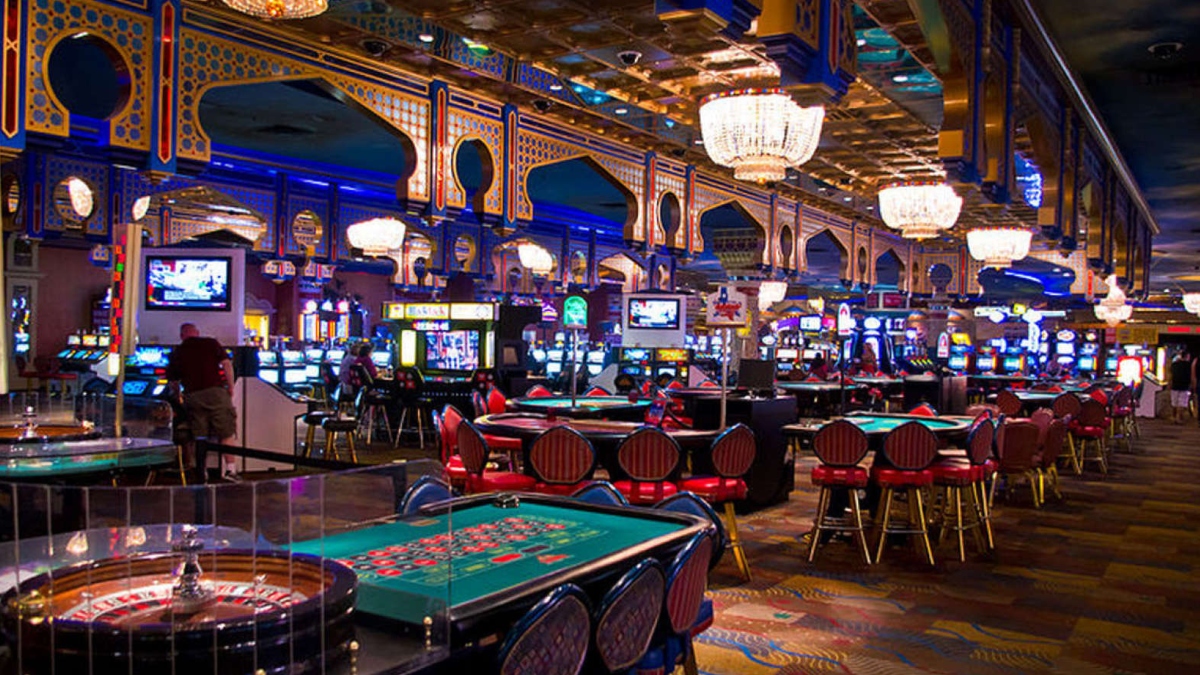
Casino games have long captivated people’s attention, drawing players into a realm filled with fortune, planning, and the allure of adventure. Each experience is meticulously crafted not just for fun, but also to evoke specific emotional responses that keep gamblers engaged and invested. Understanding the reasons behind these designs reveals much about how human psychology plays a crucial role in the gaming experience.
From the dazzling lights and dynamic sounds to the complex layering of systems and incentives, casino games are designed to create an atmosphere of excitement and expectation. Game designers leverage psychological principles to influence participant behavior, whether through the use of big prizes, almost wins, or community engagement. By examining these factors, we can better appreciate how casino games fulfill not just a want for entertainment, but more profound psychological needs for adventure and uncertainty.
Understanding Player Behavior
Casino games are engineered with a thorough comprehension of gamer psychology, which is essential for luring and keeping players. The thrill of the game, combined with the expectation of winning, creates a powerful allure. Game designers employ elements like audio cues, dynamic graphics, and immersive gameplay to engage attention and elicit emotional responses. These sensory experiences enhance the total environment, making players feel more involved in the game.
Another significant aspect of player behavior is the notion of risk/reward dynamics. Casino games often weigh high-risk scenarios with the potential for significant rewards, which can lead to the occurrence known as near-miss experience. When players come within reach to winning, the brain produces dopamine, reinforcing their behavior and motivating them to continue playing in pursuit of that hard-to-reach win. This cycle of anticipation and disappointment plays a key role in how games are constructed and marketed.
Lastly, social elements also play a critical role in player behavior at casinos. Many games are made to be played in pairs or alongside other players, creating a sense of belonging and shared experience. The interaction inherent in games like poker enhances enjoyment and can result in prolonged gaming periods. Designers leverage on this by designing environments that prompt players to linger, connect, and come back, making the overall casino experience more appealing.
The Role of Imagery and Audio
Visuals and audio play a crucial role in enhancing the gambler’s experience within casino games. Designers utilize bright colors, eye-catching graphics, and captivating animations to capture gambler’s attention and sustain their focus. The use of themes, such as exploration or luxury, helps create an engaging atmosphere that transports players into a different world. By appealing to the senses, these elements add to a intensified emotional response, prompting players to interact more profoundly with the games.
Audio design is equally important in reinforcing the overall experience of gambling games. The combination of ambient music, sound effects for successful combinations, and ambient noises creates an sound landscape that keeps players enthralled. Audio cues associated with victories, such as ringing bells or celebratory music, evoke feelings of thrill and satisfaction, encouraging players to continue playing. These sound cues are strategically placed to amplify the excitement of the game and create a more engaging experience.
Moreover, the alignment of imagery and audio is crucial for supporting the game’s overall concept and mood. Each element should coordinate seamlessly to create a unified experience that draws players in. The effective use of this integration not only enhances user enjoyment but also increases the likelihood of repeat play, as players become more engaged in the immersive world that the casino games offer. This thoughtful integration of visuals and audio ultimately enhances player involvement and loyalty.
Reward Systems and Participation
The design of gambling experiences significantly depends on incentive systems to keep players involved and coming back for additional experiences. These structures are rooted in behavioral theories that take advantage of human behavior and desire. Participants are often driven by the excitement of winning, which is supported by instant responses through the game’s design. meilleur casino en ligne français This prompt satisfaction not just improves the gaming experience but also fosters a sense of success, encouraging participants to keep participating in hopes of greater rewards.
Casinos adopt various reward structures, including large payouts, bonuses, and increased rewards, to captivate participants. These features create a layer of excitement that sustains engagement. Additionally, the unpredictability of results plays a crucial role in sustaining interest. The variable reward system, where successes are unpredictable but occur often enough, keeps participants on edge and driven to keep playing. This loop of anticipation and anticipation is essential to the success of gambling experiences.
Moreover, social elements, such as tournaments and multiplayer features, enhance the participation factor by leveraging the desire to compete of players. The communal aspect of playing with fellow participants can intensify the excitement of winning and create a sense of community within the casino. By combining these community elements with efficient reward systems, casino games don’t just provide fun but also nurture a stronger bond among participants, reinforcing their commitment to the gaming experience.
